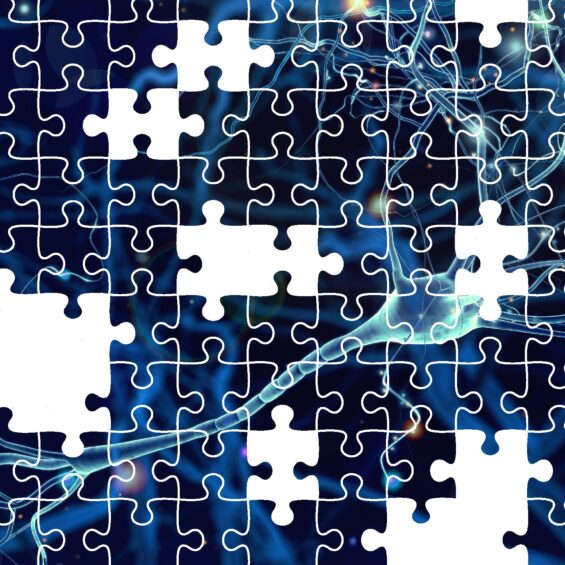Seeing what other people don’t
Look out of the window. What do you see? Maybe a beautiful view. Maybe the building across the street. But regardless of the view, if you took a minute to jot down what you saw then you’d probably generate a considerable list of all the finer details. The question is, if you asked someone else to do the same exercise with the same view, would their list contain the same details? Maybe. Maybe not.
When it comes to a view out the window, these differences don’t usually matter. But when it comes to seeing what opportunities the future holds, and generating new ideas and strategies based on that view, then they really do.
So, what makes someone able to see what other people don’t?
Picture possibilities
People often think that our thoughts play out like a movie reel in our mind’s eye. But the reality is that the brain doesn’t work like that. It works more like a jigsaw with infinite picture possibilities, where the pieces are your knowledge, and where you get to say what picture you want to create.
Sometimes people find that they keep creating the same picture time after time, or a picture with different features but the same gist. They find it hard to let go of what they always see. Instead they need to take pieces from completely different jigsaw boxes and find new ways to put them together. Creating new possibilities and ideas. Going beyond the status quo. Capitalising on breadth of knowledge, not just depth.
Neuroscience backs this up. We recall memories and form imaginings based on a process called “scene construction.” We know that making new long-range connections between unassociated mental constructs is good for creativity. People have a natural bias for sticking with the familiar that needs to be overcome. And curiosity lies at the heart of our creativity, helping to continuously grow our knowledge bank.
Default resources
The problem is that the brain mode that underpins this kind of thinking – the so-called default mode – is often pushed to the fringes of our day. We spend so much of the day answering emails, attending meetings and completing tasks – all actions that require the brain’s executive function mode – that we don’t leave enough mental resources for the simple act of directed mind-wandering that is so critical for this constructive creative thought.
Although, scheduling time each day for this directed mind wandering is one solution. It’s also important to make sure that you create high performing neural environments where your brain can be more easily tuned into this state of creative thought generation.
Multiple frames of mind
But having the time and the environments that facilitate creative thought is only the start. It merely sets the scene for what comes next. And what makes you able to see what other people can’t comes down to mindframing.
Although, we often say that people think differently, the reality is that our mind can frame things in many different ways. So it isn’t just about what one person can see that another can’t, it’s about, within ourselves, what one mindframe allows us to see that another doesn’t. What’s more, this mindframing is under our control. We have a choice about how we frame our thoughts. Although this is often discussed in big-picture terms of optimism or pessimism, growth mindsets or fixed mindsets, in reality the mindframes that you can exhibit are infinite. They are only limited by the bounds of your own mental flexibility and perception.
As an example, science has shown how simply taking a moment to pretend you are someone who you consider to have a uninhibited, creative or eccentric personality type is enough to improve your creative potential – something called the Creative Stereotype Effect.
Overcoming the status quo
However, whether we are fully aware of it or not, we have all in-built biases which conflict with our creative mindframing and prevent us seeing the full range of future possibilities and ideas. For example, science has shown that many people exhibit a status quo bias which is driven by past regrets, future uncertainties, or a fear of the unknown and is amplified by the brain’s preference to conserve energy by sticking close to what it knows.
Fortunately, an antidote to this bias is also something that helps form the building blocks of our creative thought and mindframes – curiosity. By going beyond our comfort zone we become more adept at dealing with uncertainty, novelty and ambiguity.
By experiencing new places, people and circumstances we increase the depth and breadth of our knowledge – the pieces of the jigsaw that form our creative thought palette.




